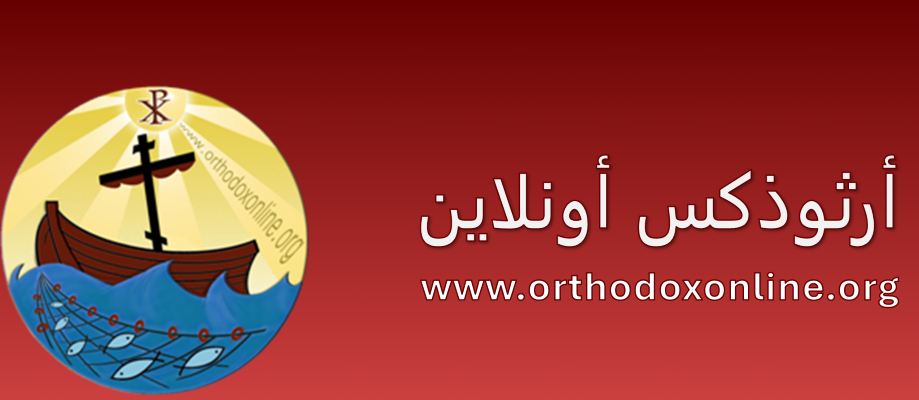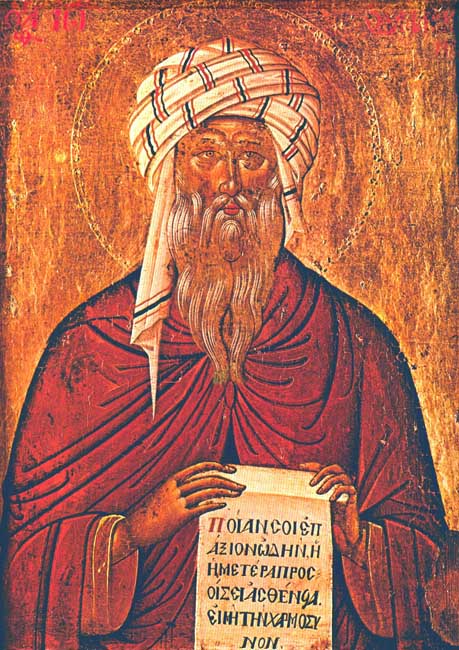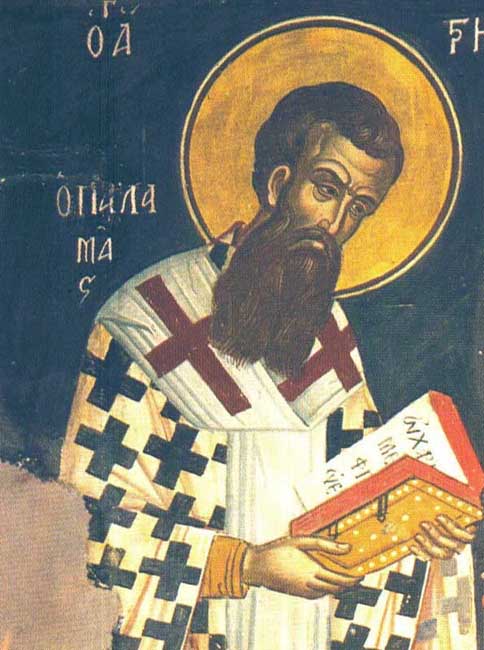The sweet scent of perfume in explaining the mysteries of the rituals of the Orthodox Church
The Opening of the Book: Praise be to King Al-Wahhab, who tames hearts and reveals the truth in the Book, as guidance and guidance for his creation and a light to explain his sublime glory and glory. As for after […]




